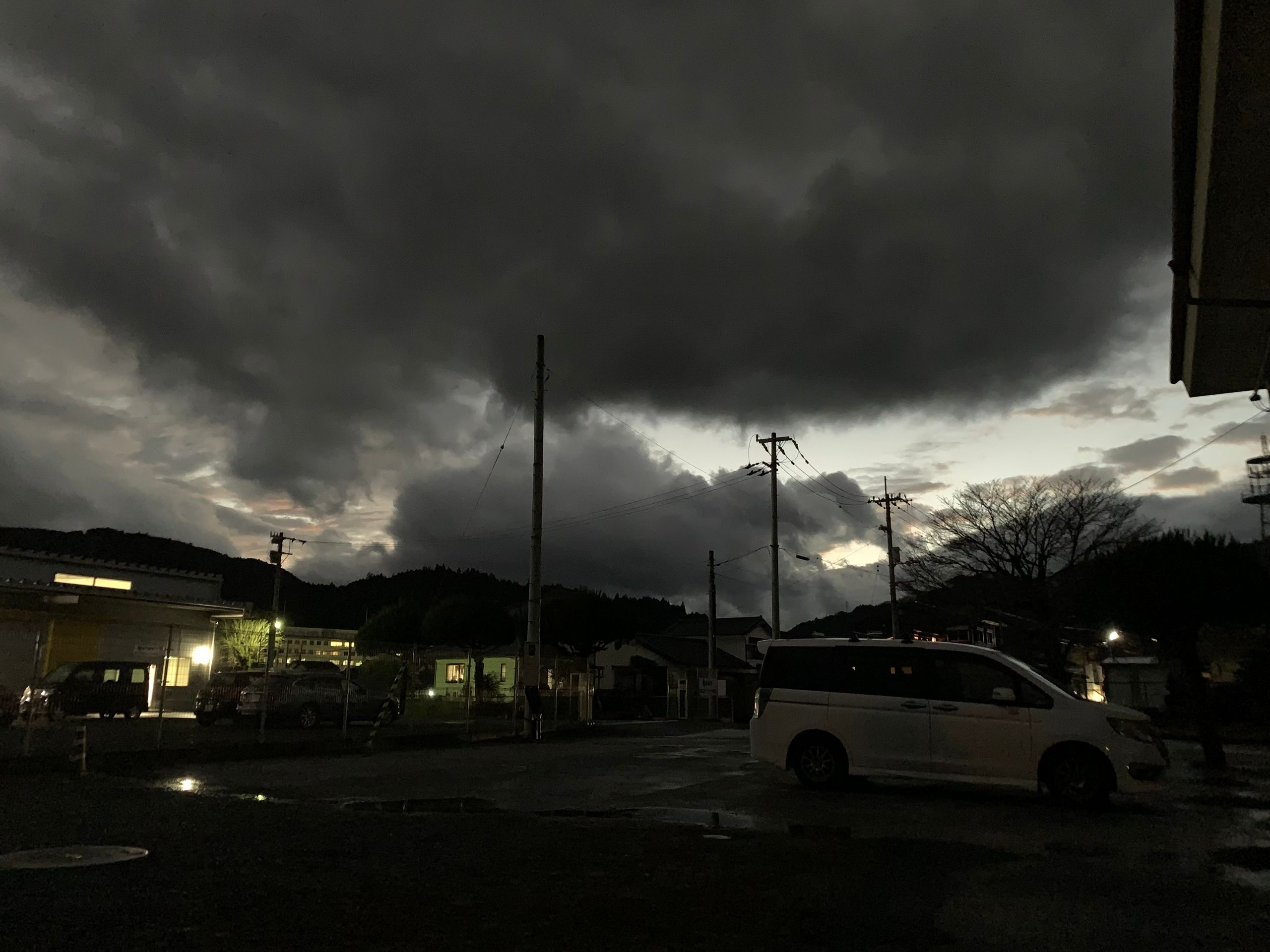Day 8 (January 31, 2019)
Ōsugi, Kōchi → Tosa, Kōchi

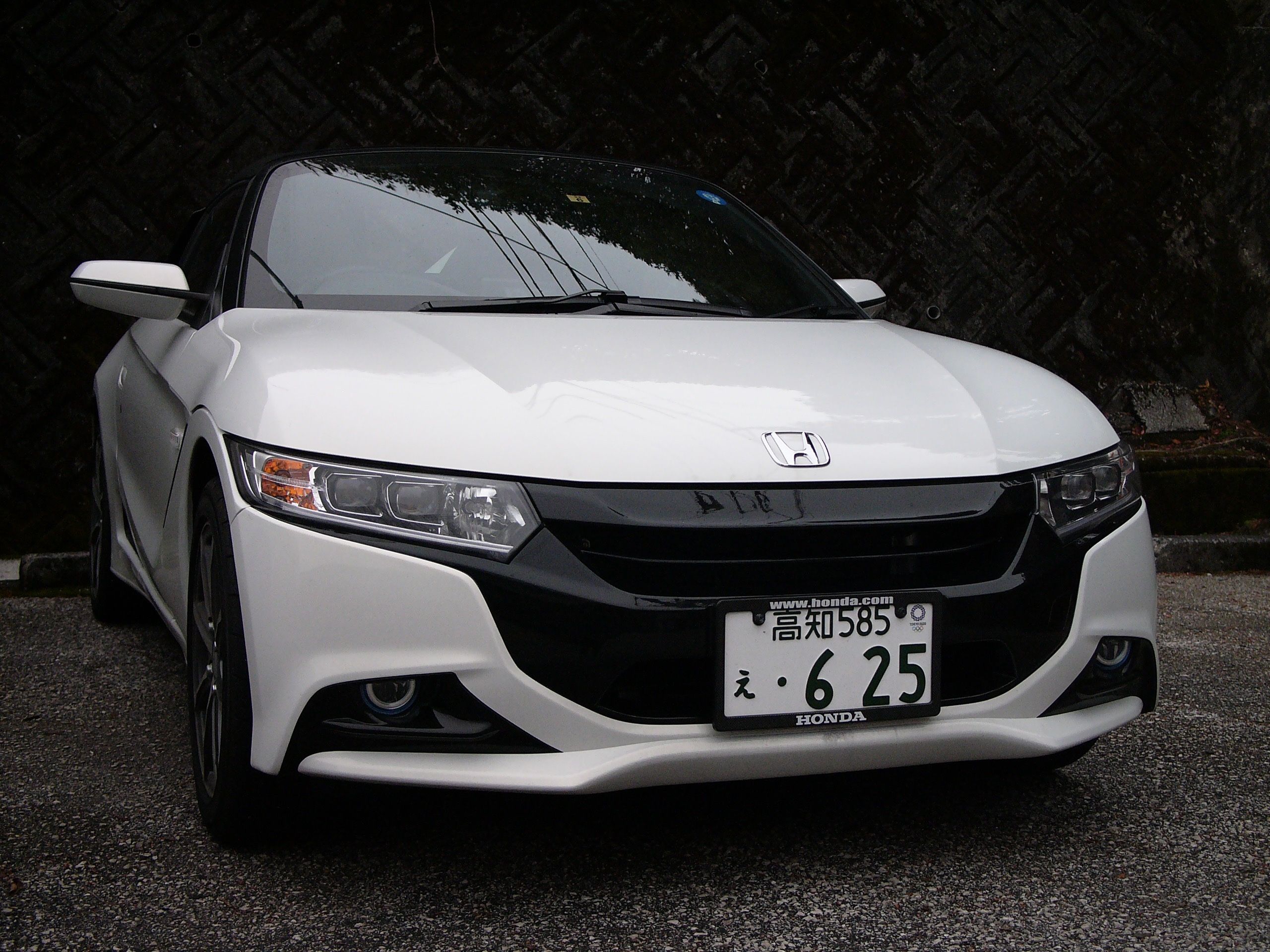

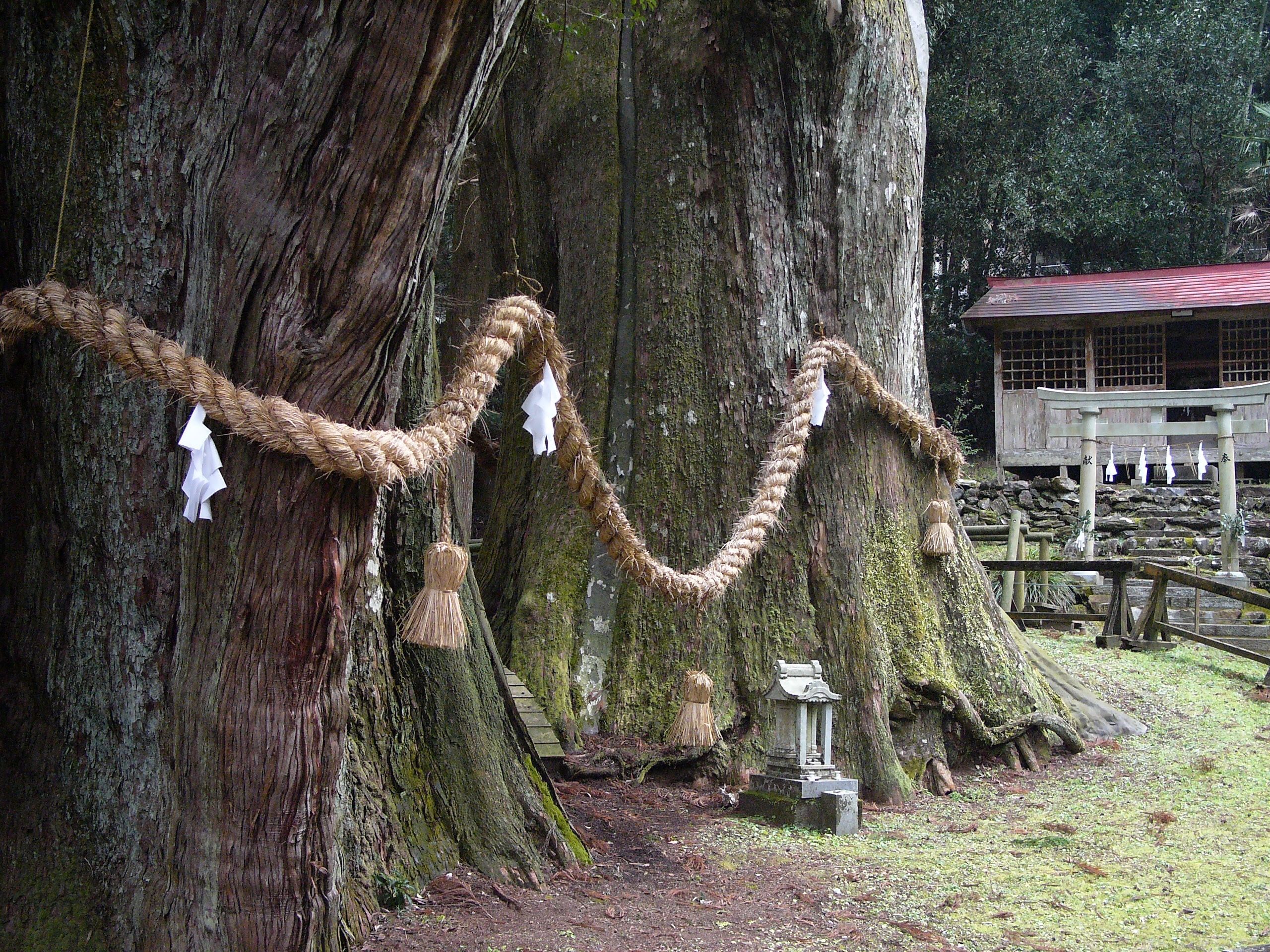
Eight days after leaving the broad valley of the Yoshino in northeastern Tokushima, where it flows flat and mirror-like between fields of indigo and rice, I walked along its middle reaches in the far narrower valleys of central Kōchi, and I wished, as one might, for a kayak to ride its swift waters.
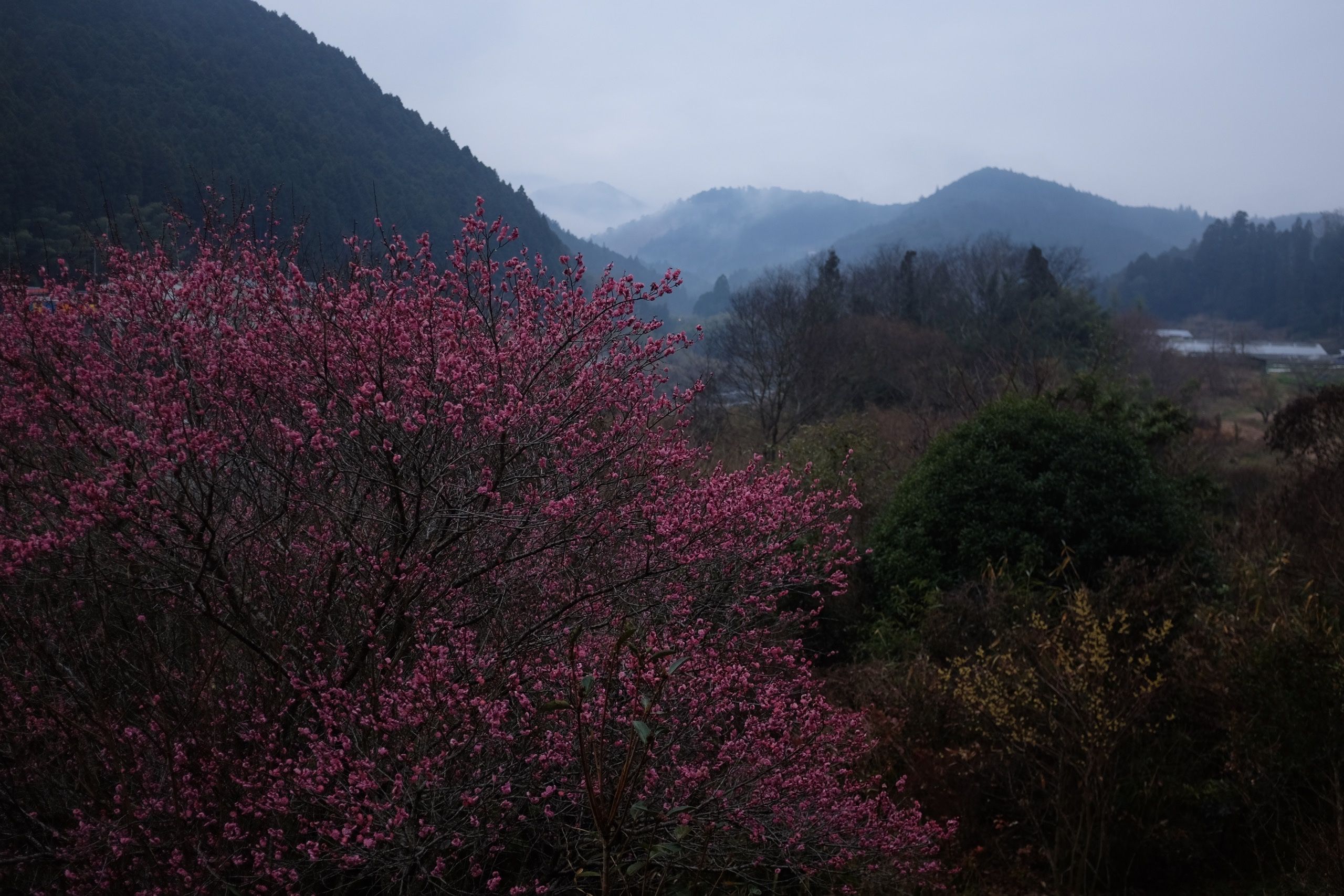
Oh God, not another beautiful fucking plum tree in bloom.
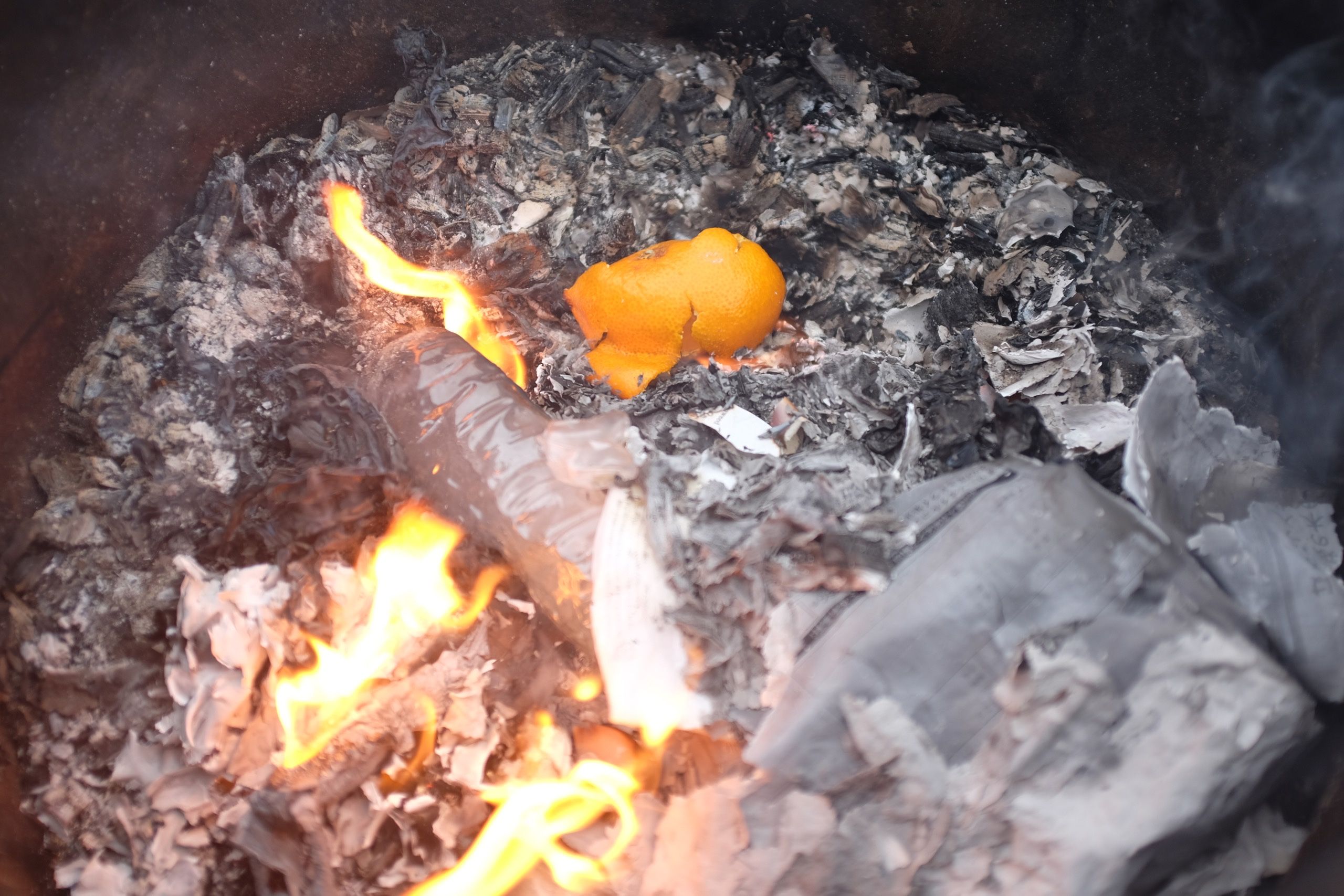


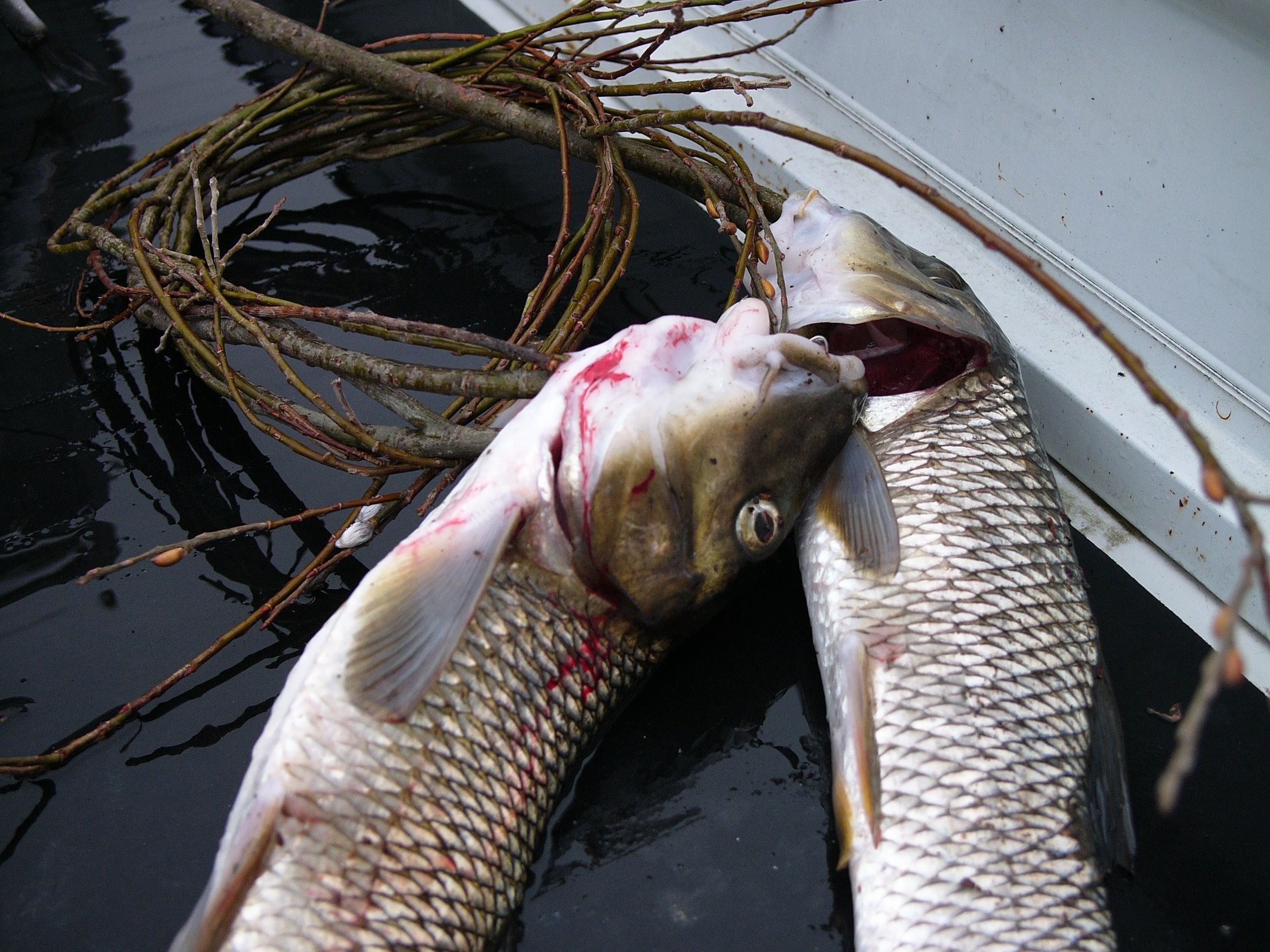
They lay in the back of the kei truck, eyes open to the grey skies, speared through gills blazing red, and the rain was picking up, and it washed their still-oxygenated blood to the black floor of the truck’s bed.

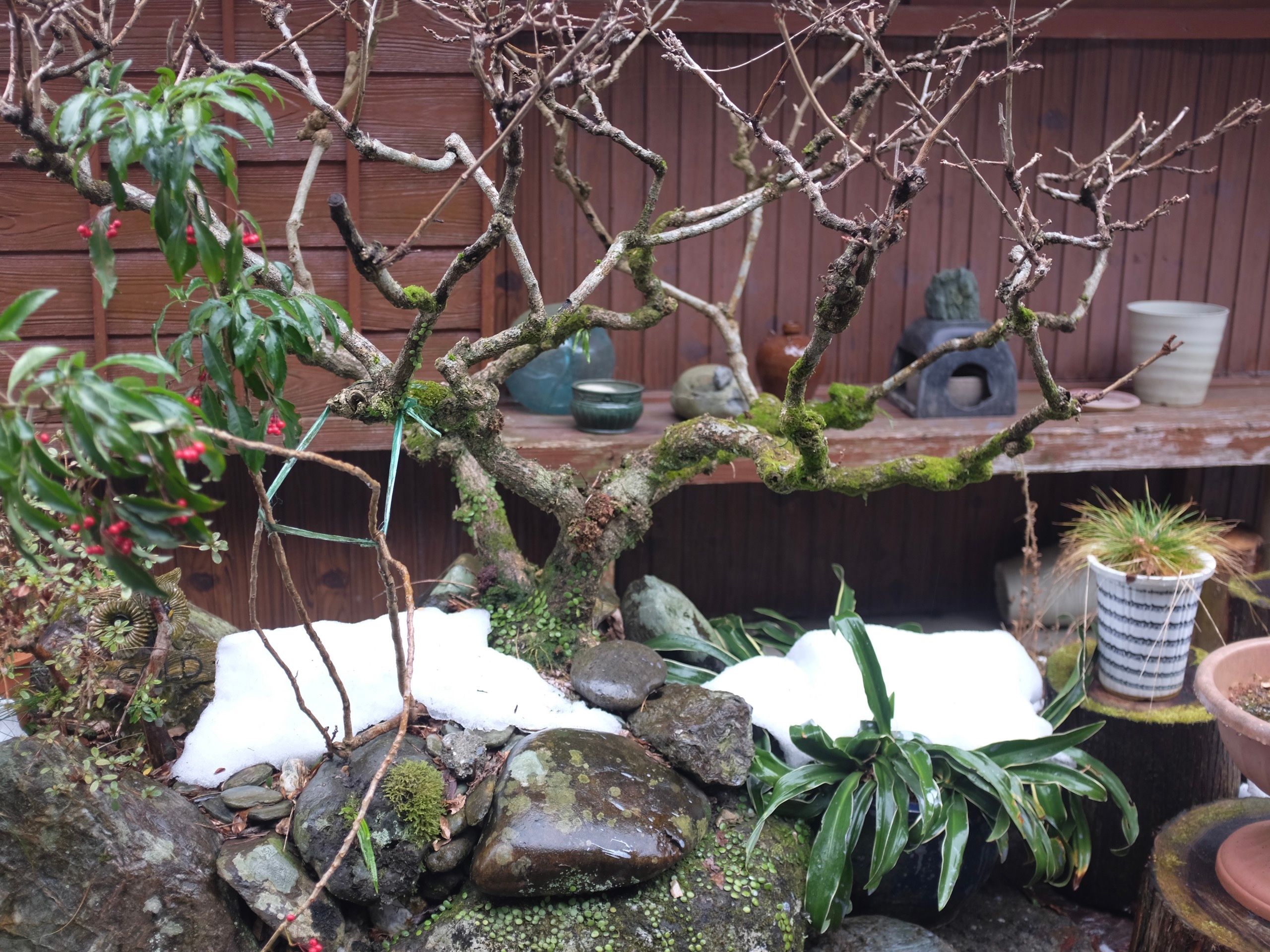
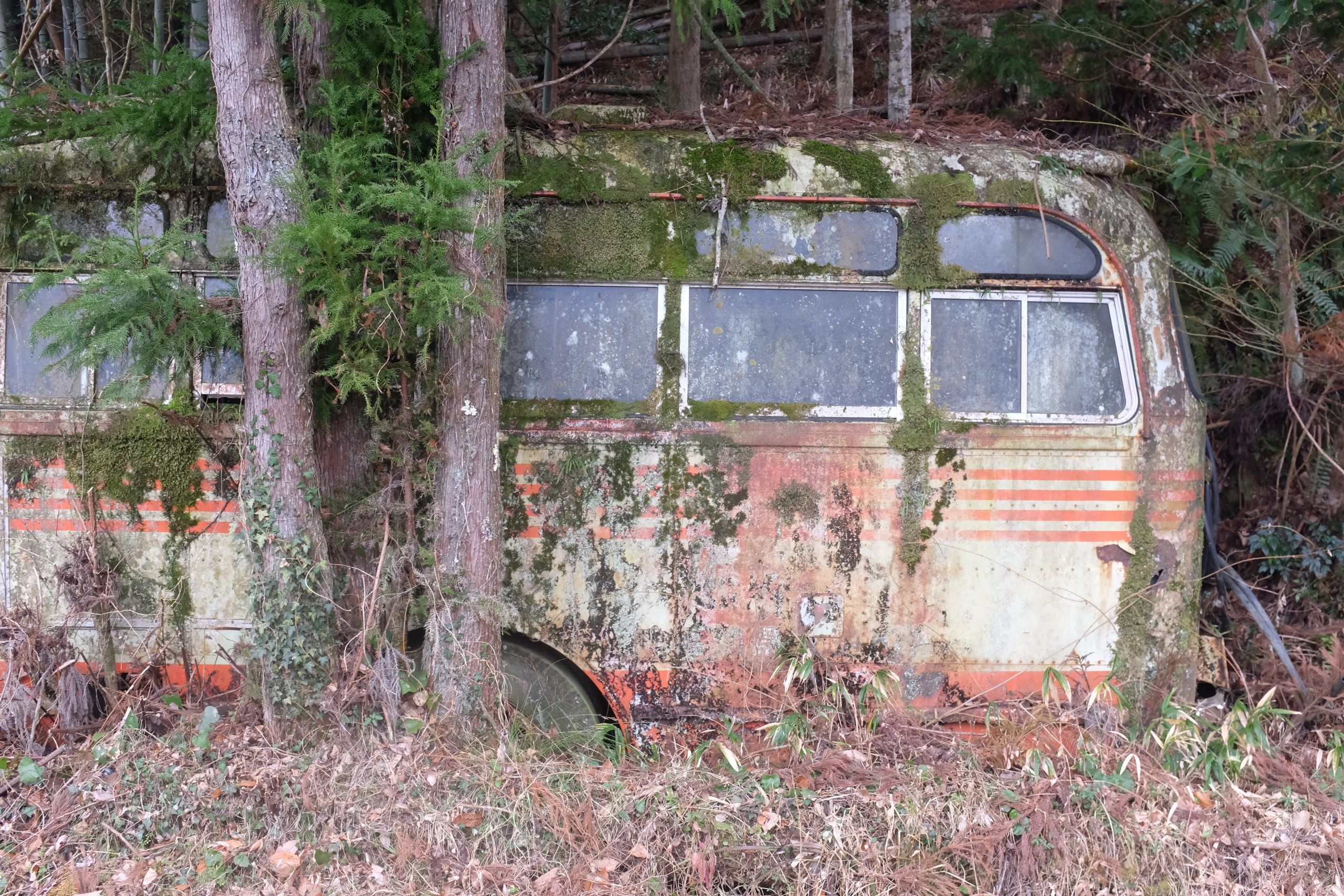
Like a sunken ship turning into an artifical coral reef in tropical waters, a bus becomes a moss garden on the back road between Motoyama and Tosa.
Behind the snow peaks and the silver gloom, behind the snowstorms and the plums in bloom, the spirits and the stars, are the places in between where nothing is and where nothing happens, where, on rare hours of rainy days, you realize you aren’t looking for anything.
“It takes about 10 years of practice to paddle one perfect stroke,” Lajos said, “and what many people don’t realize is that your thighs play a significant part.” He’s practiced for over 30 years, since the age of eight, and has won a world championship in the process. He was now coaching the schoolchildren of Tosa, a town raging against the dying of the Japanese countryside. The kayak ergometer had a resistance scale which went from 1 to 14. Lajos dialed it to 14 and went full throttle. I had never seen the private presentation of a craftsman among the best in the world in his craft in such an intimate setting, his astonishing power inseparable from his balletic grace. “I’m four years retired now,” he said, and smiled, but his body and his mind were still a temple.
